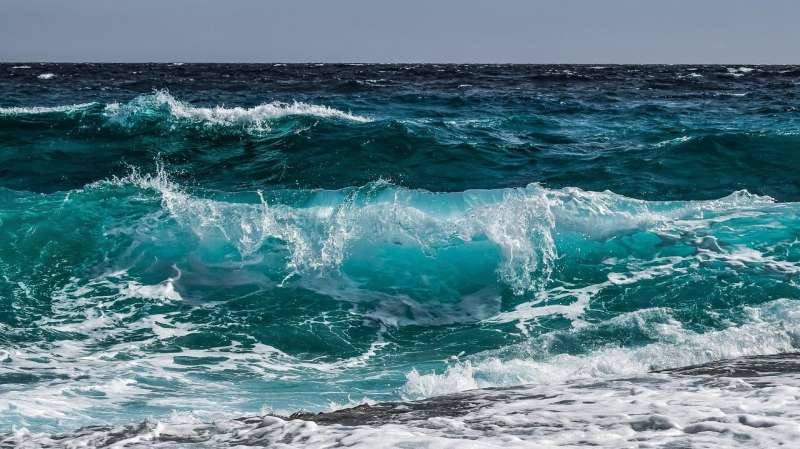Oceanic dead zones thrived during last Ice Age, new evidence shows

Scientists recreated deep sea conditions from the last ice age and found that the tropical Pacific contained more carbon and less oxygen during that period than previously thought.
The results show the Pacific played a major role in absorbing Earth's atmospheric carbon dioxide when the planet was last covered in ice.
Dr. Babette Hoogakker, a Lyell Research Fellow at Heriot-Watt University in Edinburgh, led the work, which was funded by the UK's Natural Environment Research Council (NERC) and the USA's National Science Foundation.
Dr. Hoogakker worked with colleagues from the University of Oxford and internationally to report the new findings in Nature today.
Dr. Hoogakker said: "The theory up to this point has been that the oceanic dead zone in the tropical Pacific Ocean, a layer between 100 and 900 m spanning an area fifty times the size of Britain, disappeared during ice-dominated glacial periods in the past.
"We have proved that this wasn't the case by tracking oceanic oxygen levels in foraminifera. These microorganisms trap crucial environmental data in their shells as they grow, and then are preserved in sediment on the ocean floor.
"We also found that in the deep ocean, oxygen concentrations were lower during the last glacial period than they are now. This means the Pacific Ocean was a net sink of atmospheric carbon dioxide during the last ice age.
"Size matters when it comes to the oceans. Even though the changes in carbon we calculated are quite small, the vast size of the Pacific means this adds up to a huge amount.
"This body of water played an important role in carbon dioxide cycling during and after the last ice age, and likely held a greater volume of atmospheric carbon than previously suspected."
Dr. Hoogakker concluded: "Ocean dead zones were previously associated with warm climates. It is now important to investigate why they persisted during the cold climate of the last ice age, and what the implications might be for the future ocean in relation to anthropogenic warming."
Professor Ros Rickaby from the University of Oxford added: "Ocean dead zones, also known as oxygen minimum zones (OMZs), occur naturally just below the oxygen-rich productive top layer of the ocean.
"Our results were surprising as there has been a suspicion that temperature largely controls the amount of oxygen in the ocean. This should increase with cooling temperatures and vice versa.
"We know that over the past 50 years the size of these dead zones has increased, with climate change likely to continue to influence how carbon and oxygen are distributed in the oceans.
"OMZs are often close to important fisheries, with their expansion leading to profound environmental, social and economic impacts, as they deprive ocean life of the oxygen it needs to survive.
More information: Babette A. A. Hoogakker et al. Glacial expansion of oxygen-depleted seawater in the eastern tropical Pacific, Nature (2018). DOI: 10.1038/s41586-018-0589-x
Journal information: Nature
Provided by Heriot-Watt University





















